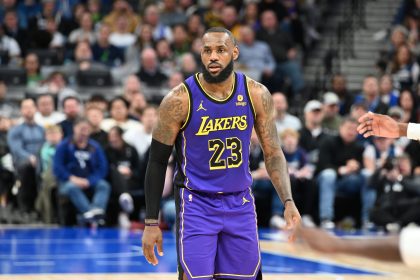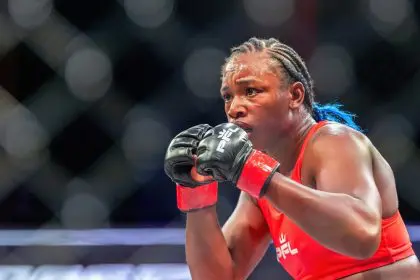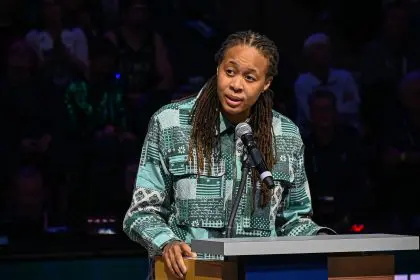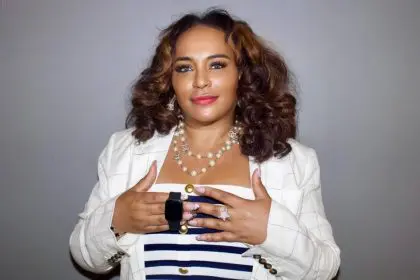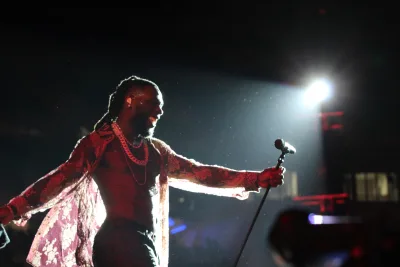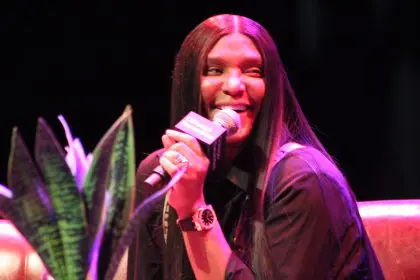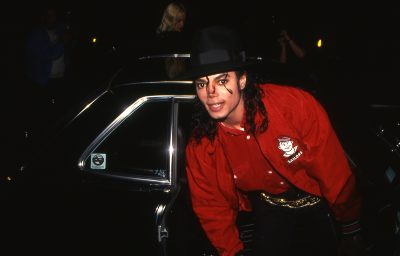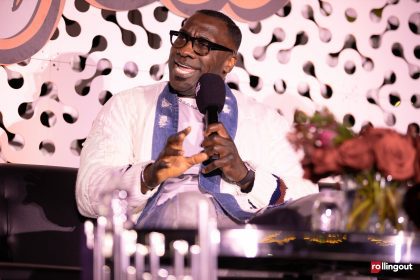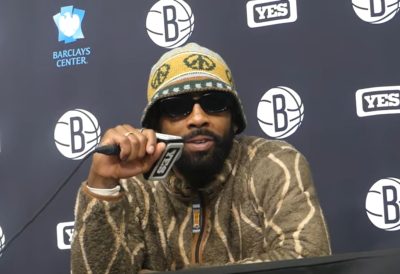
The beat goes on for the Black Fives Foundation. This past February the organization partnered with the Big East Conference to raise awareness of Black pioneers in basketball. Black Fives founder Claude Johnson recently sat down with rolling out to discuss the partnership and the origin of the organization.
What are the Black Fives?
Black Fives were dozens of African American basketball teams that played before the NBA. So this is from about 1904 to about 1950, when the league first signed Black players, [Earl Lloyd made his NBA debut as the first Black player in 1950]. That period is known as the Black Fives era. These teams evolved, emerged, formed and thrived throughout the country, but mostly in the Northeast al the way down into the South as well and out West. So we have a foundation that’s called the Black Fives Foundation. We research, preserve, showcase, teach and honor that history through the work that we do.
What is in the works for the Big East Conference this season?
With the Big East, they have 11 member schools. We have an educational initiative with them for each of the men’s and women’s teams for each of those schools, and they’re really prominent schools like Georgetown, St. John’s, Villanova, Marquette, Xavier and others. What this initiative does is pair up … early African American basketball teams with each of those teams. So, 22 teams, 11 men’s and 11 women’s teams. For example, UConn women’s partnered with the Hartford Tigerettes, which was a team that played during the late 1940s. What [UConn] did is they wore the Tigerettes logo and name on their warm-up shirts before several of the games … during the during Black History Month. Beyond that, we also have connectivity with them for information and education … just really trying to build awareness for this history.
Why is the history of the pioneers and the first Black players to integrate the NBA so underrepresented and under-told?
By the time the NBA came around in 1949, the NCAA was taking off at that time. HBCU conferences were forming and turning out their own stars and players … There wasn’t really any reason or initiative or connection for them to celebrate that previous history. They were new, they didn’t take off. So it’s different for the Negro Leagues of baseball, where those teams and players played against each other back to the 1800s skipped some time, and then kept going. There has to be some recognition because those players actually ended up, many of them, in the majors, whereas very few players from the Black Fives era ended up in the NBA.


